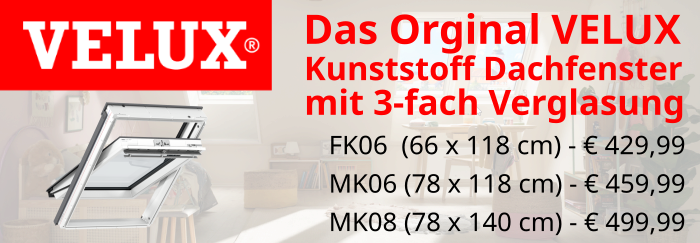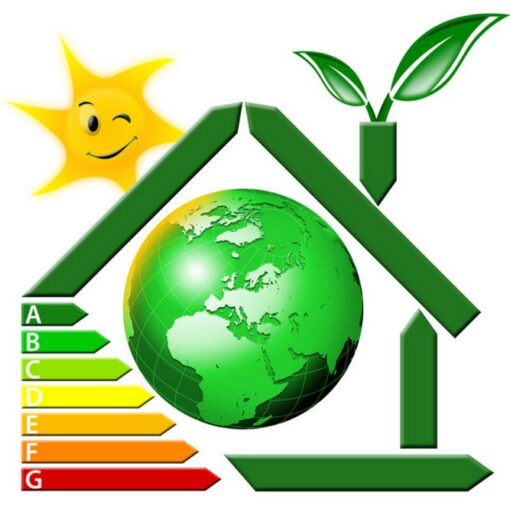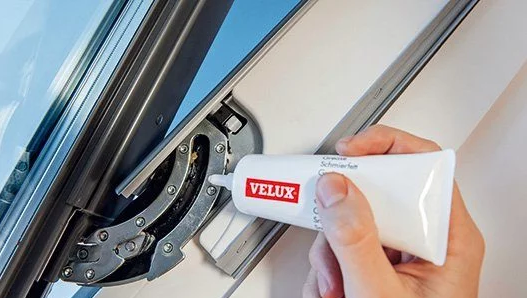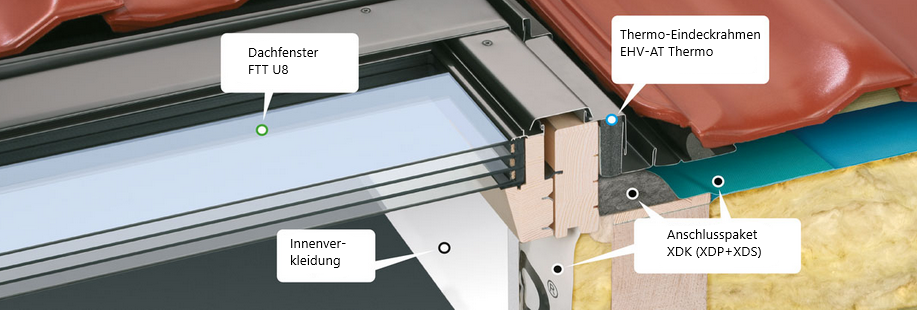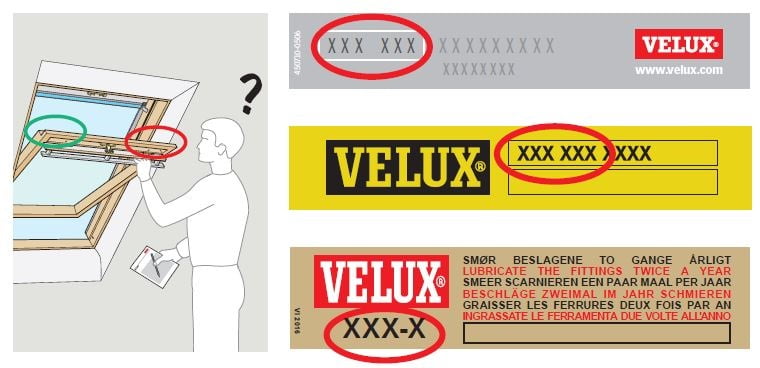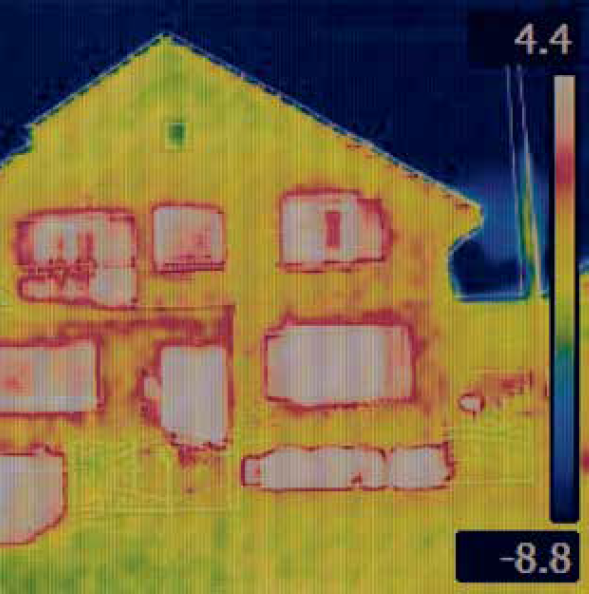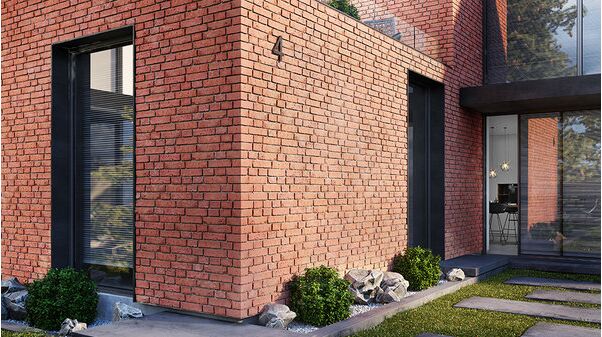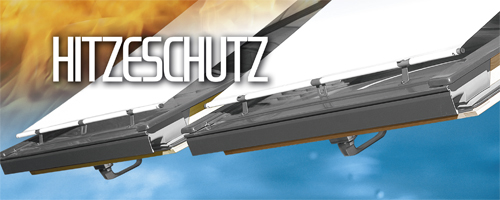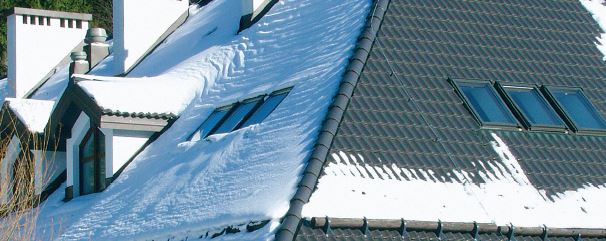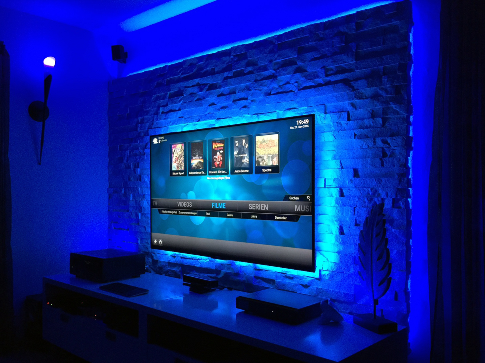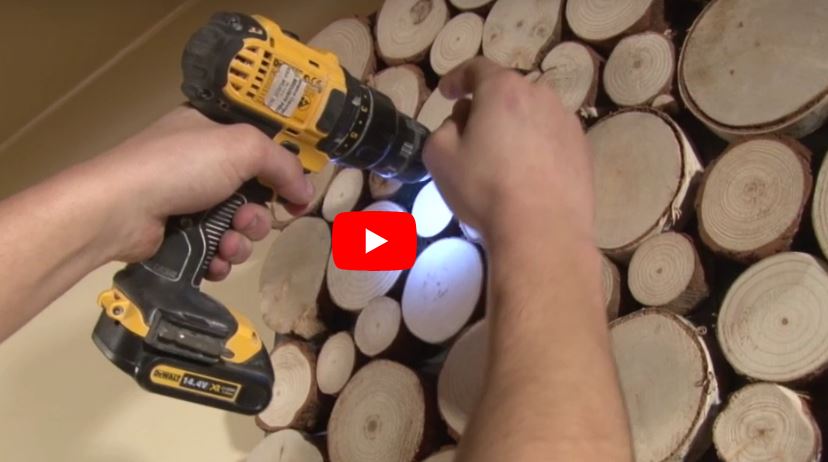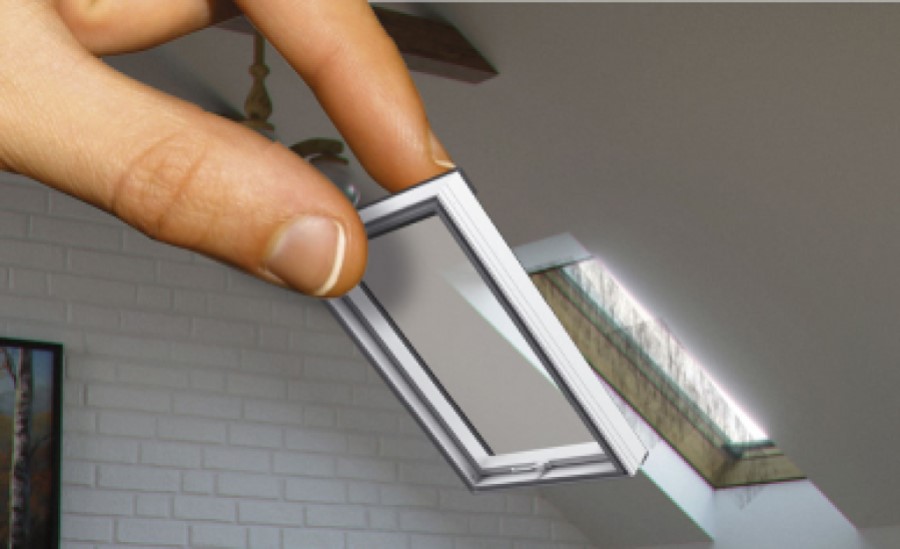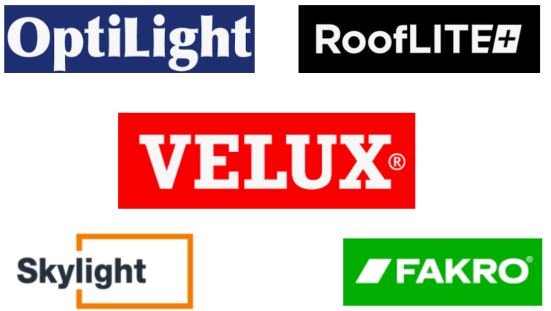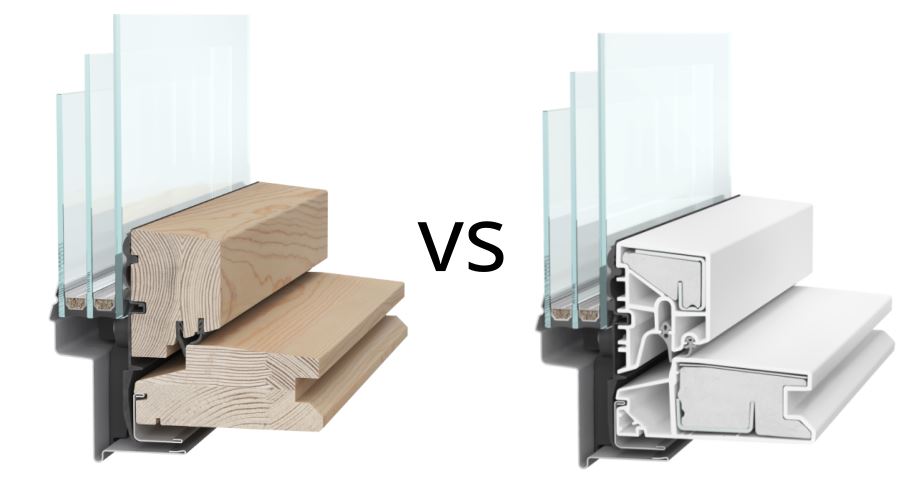Product filters Product filters
-
No items found matching the search criteria
-
No items found matching the search criteria
Renders
Types of thin-coat renders
The function of thin-coat textured renders is to protect the external wall against the adverse effects of atmospheric conditions and decorate the façades. They can be applied directly on traditional plaster, but they can also be the finishing layer of thermal insulation systems. The properties of the renders and in consequence - their suitability, are determined mainly by the binder used to manufacture them.
Render selection criteria
It is necessary to have a good knowledge of the building to select the render properly. Here is a list of questions that have to be answered in order to make the best possible choice.
What is the diffusion resistance of the walls?
The render must not substantially limit the flow of water vapour through the partition. Before taking the decision, it is worth to ask Atlas advisors for help and they will carry out the calculations and design the partition correctly. If the renders are applied to walls made of high vapour-permeability materials, e.g. cellular concrete, they must have similar properties. In such case, mineral or silicate binder - based renders should be used. Similarly, when the wall is insulated with mineral wool.
How old are the buildings?
For rendering decades old buildings, definitely vapour-permeable renders should be used, particularly silicate ones, because weathered walls have very high vapour permeability.
Is there a cluster of green nearby?
If yes, there is always a possibility of occurrence of organic contamination, fungi and algae on the façade. In such case, mineral or silicate renders are recommended, since they have strong alkaline reaction (pH ~12), making the development of microorganisms practically impossible. Dispersion renders contain addition of biocides limiting the development of microorganisms. Another favorable factor in fighting biological corrosion is their low absorbability, impeding sedimentation of spores.
Is the house situated at busy road or another “source” of permanent pollution?
If the answer is «yes», then silicone render is recommended, because it is the easiest to keep clean – smaller pollutions are removed by rain. Dispersion renders also don't yield to structural pollution and damaging them during washing is hardly probable.
Read our guide now
PayPal about baubaY.de
You have happy customers, a good track record with PayPal and we have the info we need to keep your account secure.
In other words, you’ve got an excellent history with PayPal. Keep up the amazing work.



My account
Customer service
Information
Blog
- Warmes, haltbares und gesudes Haus aus SOLBET Porenbeton
- Kann ein energieeffizientes Haus aus gängigen Materialien Gebaut werden?
- Haus-Architektur - Eleganz und Prestige
- Heizkosten sparen und Minimieren von Energieverlusten - durch den Einbau neuer Dachfenster
- Warum sind Verdunkelungsrollos bei Dachfenstern so populär?
- Wie pflege ich mein Dachfenster richtig? Tips zu Pflege und Wartung
- Weiß liegt ewig im Trend!
- Welches Zubehör wird für den Einbau von Dachfenstern benötigt?
- Optimale Lüftung des Wohnraums - Dachfenster mit Lüfter
- Wie und womit man Dachfensterrollos reinigt - kurze Pflegeanleitung
- Austausch des Scheibenpakets im Dachfenster
- Größe des Dachfensters
- Gilt das Förderprogramm von BAFA nur für Wärmepumpen?
- WDVS Fassadendämmung
- Verblender - Sortiment, Montage und FAQ
- Wie wählt man die richtige Größe und Anzahl der Dachfenster?
- How to cool an attic in summer?
- Welche Dachfensstertypen gibt es
- Roof window during the winter
- Window condensation
- TV wall: Read here how you can transform your TV wall to an absolute unique installation.
- Paneele Verlegen – Wie man 3d Holzpaneele richtig montiert
- Dachfenster austauschen
- Fenstertausch - Wann sollte man Fenster austauschen
- Building with SOLBET cellular concrete from Poland
- VELUX vs SkyLight and OptiLight. Quality comparison.
- Holz oder Kunststoff Dachfenster ?
This site uses cookies to store information on your computer. See our cookie policy for further details on how to block cookies.
Analytical cookies for us to better craft the user experience based on your page view experiences.

